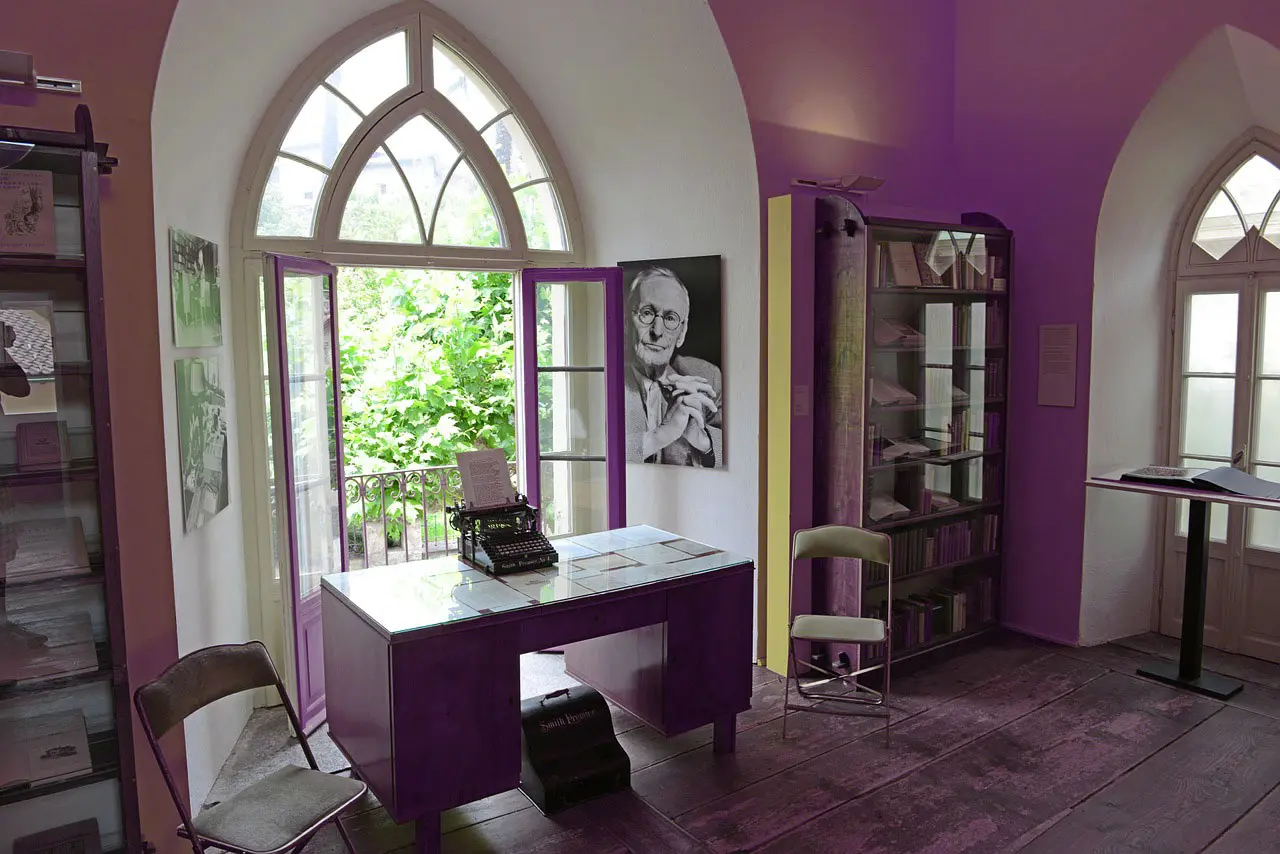Interior Painting Mistakes That Could Wreck Your Results

The biggest problem with interior painting at home is the fact that it comes across on the surface as a relatively simple job. After all, what could be easier than simply slapping a new coat of paint on the walls with a bunch of brushes?
Unfortunately, it’s exactly this kind of underestimation that leads so many plucky DIY-types down entirely the wrong path. It’s not that interior painting has to be a nightmare – it’s simply that it has to be approached mindfully and proactively.

So for those looking to produce professional-quality finishes at home, be sure to first take into account the following common mistakes and ensure they are avoided at all costs:
Skipping the prep
First of all, the single biggest mistake anyone can make when looking to paint at home is to skip or skimp on the prep work. Ask any expert and they will tell you the same – the amount of preparation put into the project usually represents the key difference between professional standard results and a lackluster outcome. In fact, hire a professional painting team and you will probably find that they spend far more time on prep than they do on the actual painting itself. From addressing imperfections in the walls to ensuring the surfaces are fully clean and dry to comprehensively protecting the rest of the room and so on, however long you think it is going to take you to actually paint the walls, you actually need to double this to factor in preparation time.
Choosing the cheapest rollers and brushes
It’s natural to find yourself scratching your head when presented with literally thousands of different paint brushes and rollers, which all appear to do exactly the same job. In truth, just because there may be any number of brushes in front of you that look exactly the same, chances are they really aren’t. The difference between premium brushes and those that are given away for pennies is relatively simple. Basically, high quality brushes are designed to hold the optimum amount of paint, transfer it smoothly and seamlessly onto your walls while at the same time working with any minor imperfections. As for the cheap brushes, you will find the process much more difficult, you will use much more paint than you need to and the finish will not look nearly as good – it really is as simple as that.
Using the wrong tape
You might get the idea that using any kind of tape whatsoever to protect the surrounding areas will get the job done. In reality, there is a very good reason why professional painters stick with and recommend painter’s tape. The simple fact of the matter is that anything you use that wasn’t designed for this specific purpose is likely to a) allow paint to get through or b) damage the surface you are looking to protect. Given the fact that it isn’t exactly the most expensive product out there, it’s more than worth investing in some decent painter’s tape.
Not priming
If you are planning to paint over a painted surface that is in a very good condition, chances are you will get away with using a two-in-one product that contains both paint and primer. However, if you are planning to paint over concrete, wood, plaster or a glossy surface of any kind, you simply cannot afford to overlook the importance of primer. The simple fact of the matter is that like it or not, primer exists for a reason – one you really need to acknowledge. If you do not use the most appropriate product to prime the wall before getting started with painting all the layers of paint in the world may not yield the kind of result you are hoping for.
Using matte paints in high-traffic areas
Given the fact that matte-finish paints tend to be the most affordable, they are often the instinctive go-to when looking to paint areas of the home with the highest traffic levels. After all, why spend more than the absolute minimum when you know the painted surface is going to be subject to a fair amount of abuse? In reality, this is the kind of mistake you are guaranteed to regret soon enough. The reason being that matte finishes not only have a habit of highlighting dirt and grime, but can also be very difficult or even impossible to clean. By contrast, finishes with a higher gloss levels can be wiped and maintained with ease.
Painting over high-gloss paint without sanding
A quick point but an important point nonetheless, the coat of paint you are trying to apply will not settle on the surface if it does not have anything to adhere to. Which is precisely why if you plan to paint over any particularly glossy surfaces, you should first take hold of some light sandpaper and give it all a light scuffing. You will then find the painting process exponentially easier.
Starting at the bottom
Last but not least, one of the single most common and hazardous errors of all is also one of the easiest to make. The simple fact of the matter is that if you start out painting your walls anywhere other than the very top, you are going to be plagued by drips and run-off as you go. Long story short therefore, always start out in a top-corner and gradually work your way across and down.










